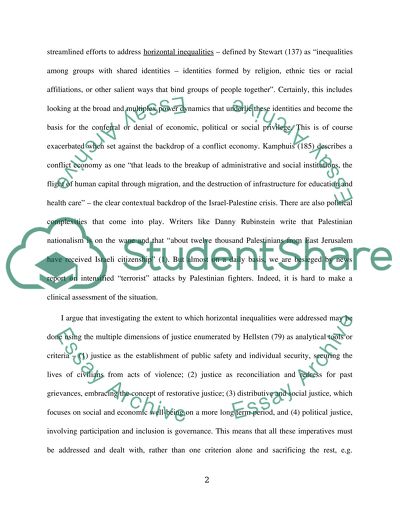Cite this document
(“The Israel-Palestine Conflict Research Paper Example | Topics and Well Written Essays - 2000 words”, n.d.)
Retrieved from https://studentshare.org/english/1434623-israel-the-struggle-to-keep-peace
Retrieved from https://studentshare.org/english/1434623-israel-the-struggle-to-keep-peace
(The Israel-Palestine Conflict Research Paper Example | Topics and Well Written Essays - 2000 Words)
https://studentshare.org/english/1434623-israel-the-struggle-to-keep-peace.
https://studentshare.org/english/1434623-israel-the-struggle-to-keep-peace.
“The Israel-Palestine Conflict Research Paper Example | Topics and Well Written Essays - 2000 Words”, n.d. https://studentshare.org/english/1434623-israel-the-struggle-to-keep-peace.


